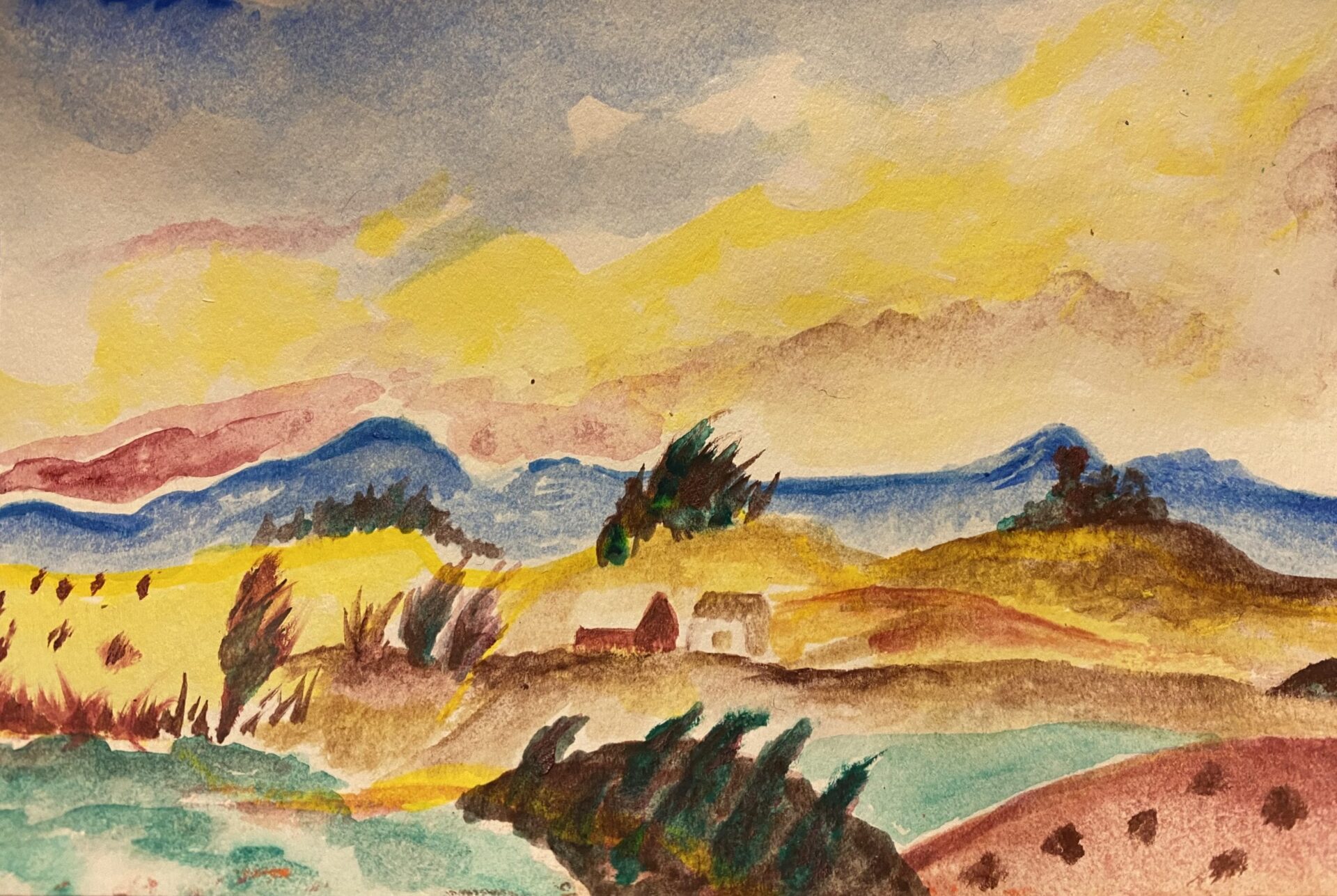Milton Avery: Landscapes
More about the Artist
The son of a tanner, Milton Avery began working at a local factory at the age of 16 and supported himself for decades with a succession of blue-collar jobs. The death of his brother-in-law in 1915 left Avery, as the sole remaining adult male in his household, responsible for the support of nine female relatives. His interest in art led him to attend classes at the Connecticut League of Art Students in Hartford, and over a period of years, he painted in obscurity while receiving a conservative art education. In
1917, he began working night jobs in order to paint in the daytime.
In 1924, he met Sally Michel, a young art student, and in 1926, they married. Her income as an illustrator enabled him to devote himself more fully to painting. The two had a daughter, March Avery, in 1932. Roy Neuberger saw his work and thought he deserved recognition. Determined to get the world to know and respect Avery’s work, Neuberger bought over 100 of his paintings, starting with Gaspé Landscape, and lent or donated them to museums all over the world. With the work of Milton Avery rotating through high-profile museums, he came to be a highly respected and successful painter.
According to painter Mark Rothko:
What was Avery’s repertoire? His living room, Central Park, his wife Sally, his daughter March, the beaches and mountains where they summered; cows, fish heads, the flight of birds; his friends and whatever world strayed through his studio. But from these there have been fashioned great canvases, that far from the casual and transitory implications of the subjects, have always a gripping lyricism, and often achieve the permanence and monumentality of Egypt.





